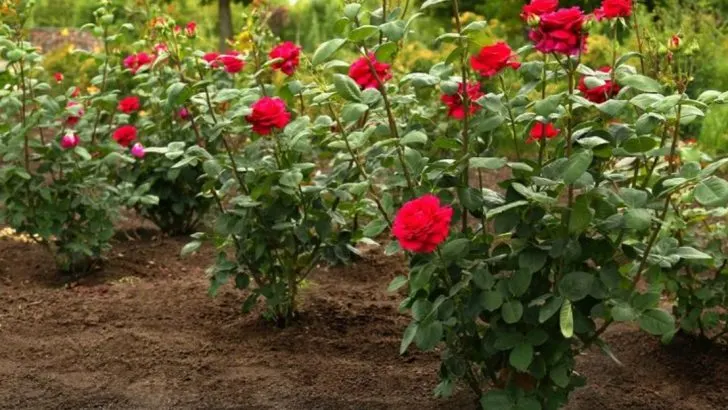Your roses aren’t lazy—they’re just misunderstood. If they’re barely blooming, throwing out a sad petal here or there, it’s not because they hate you. They’re begging for a few simple changes. The truth? You don’t need a greenhouse, a PhD in pruning, or some enchanted compost. What your roses crave are tweaks so small, you’ll wonder why you didn’t try them sooner. Maybe you’re cutting at the wrong angle. Maybe you’re watering like it’s mid-July in the desert—when it’s not. Or maybe your soil is secretly working against you. Give them the right nudge, and those bushes will go from “meh” to magnificent. These 12 tips are game-changers—and your roses are ready to show off. Are you?
Pruning Techniques
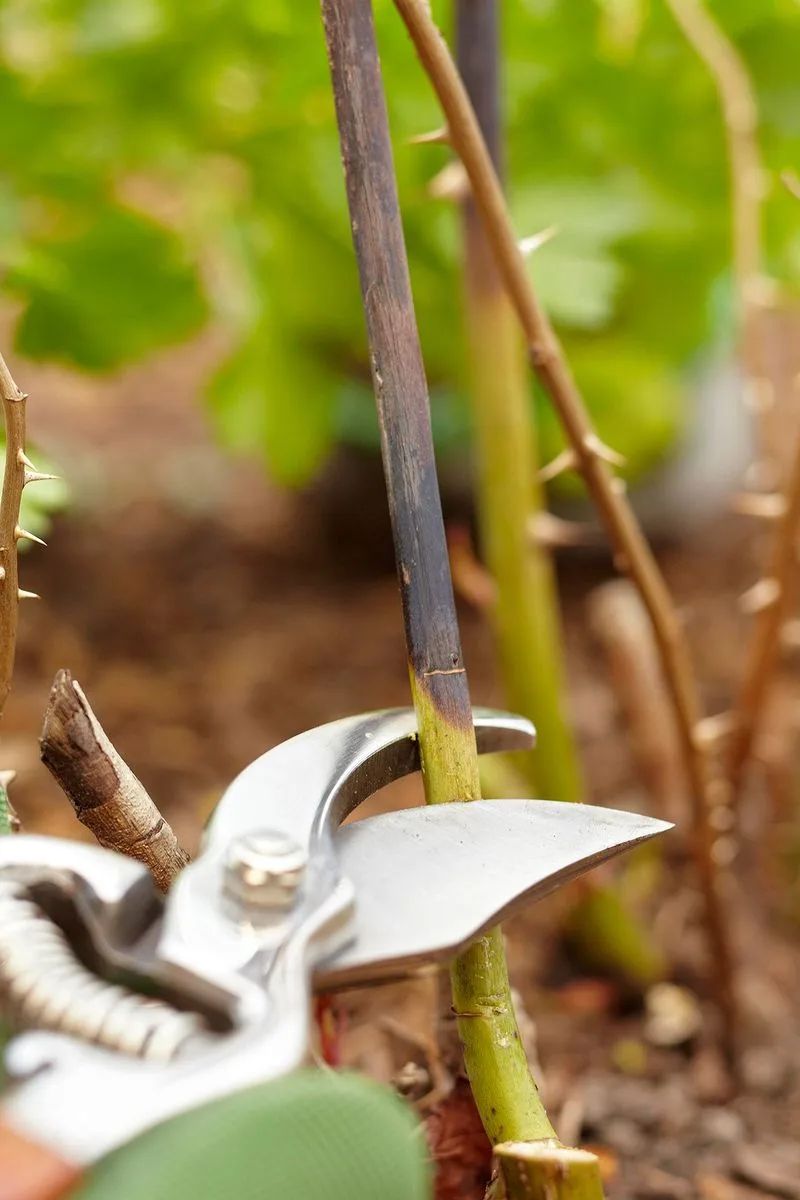
Pruning is essential for roses to flourish. By removing dead or weak growth, you ensure that energy is focused on healthy branches. Start by cutting just above a node at a 45-degree angle. This encourages new growth and prevents water accumulation, which can lead to disease. Additionally, prune during the dormant season, typically late winter, to prepare for spring growth.
Think of pruning as giving your roses a fresh start, allowing them to breathe and absorb nutrients more efficiently. Remember, a well-pruned rose bush is a happy one, setting the stage for bountiful blooms.
Fertilizing Practices
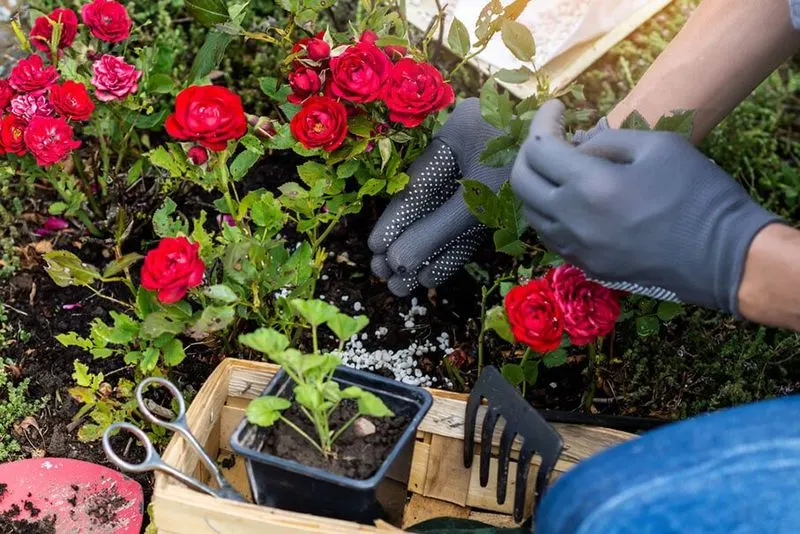
To help roses reach their full blooming potential, proper fertilization is crucial. Use a balanced, slow-release fertilizer in spring, just as growth begins. This provides essential nutrients over time, supporting healthy development.
Opt for organic options like compost or well-rotted manure for an eco-friendly approach. Feeding your roses consistently ensures they have the nutrients needed to produce vibrant blooms. Frequent feeding, about once a month, can make a noticeable difference. Achieving spectacular roses is easier when they are well-nourished.
Watering Schedule
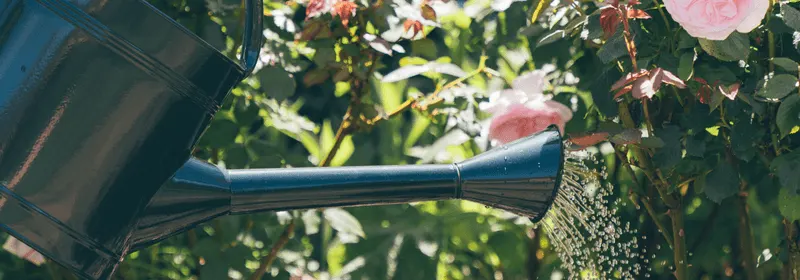
Consistent and deep watering is key to lush rose blooms. Roses prefer moist soil but dislike waterlogged roots. Water in the early morning to minimize evaporation and fungal issues. Aim for the base of the plant to keep foliage dry.
During hot spells, adjust frequency to prevent stress. Keep in mind the soil type; sandy soils may need more frequent watering. By maintaining a regular schedule, roses will draw the water they need to thrive, ensuring they bloom beautifully and robustly.
Sunlight Exposure
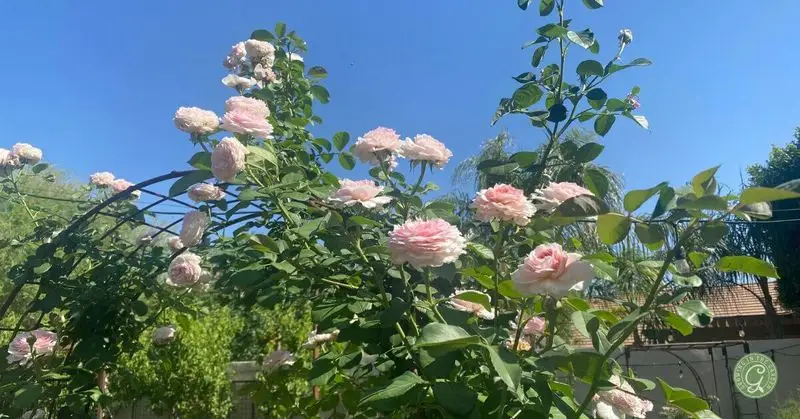
Sunlight is a vital ingredient for vibrant roses. Ensure your roses receive at least 6-8 hours of direct sunlight daily. Choose a spot with morning sun and afternoon shade to protect them from intense heat.
Observe the garden throughout the day to position bushes optimally. Sunlight not only fuels photosynthesis but also dries dew, reducing disease risk. By maximizing sunlight exposure, you pave the way for impressive blossoms that captivate any viewer.
Mulching Benefits
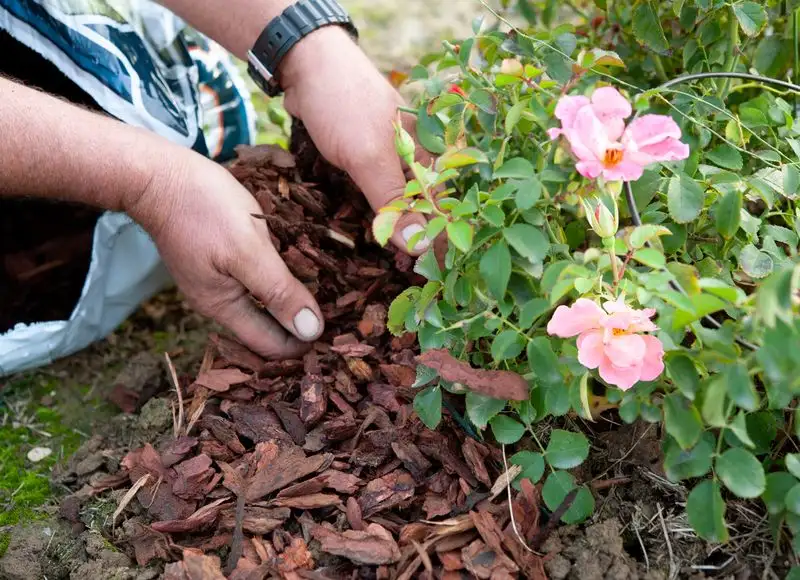
Mulching offers multiple benefits for roses. It conserves moisture, suppresses weeds, and maintains soil temperature. Organic mulch like bark or straw enriches the soil as it decomposes.
Apply a 2-3 inch layer around the base, avoiding direct contact with stems. This simple step can transform the health of your bushes, locking in nutrients and moisture. Mulching not only supports blooming but also adds a neat, finished look to your garden.
Pest Management
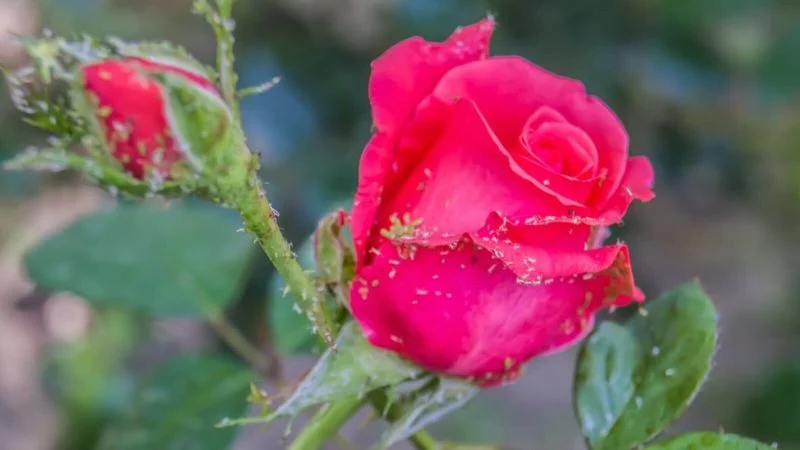
Pest management is crucial for vibrant roses. Aphids, spider mites, and more can inhibit growth. Regular inspection is key—look under leaves and along stems for early signs.
Employ natural remedies like neem oil or insecticidal soap. Encourage beneficial insects such as ladybugs to control pests naturally. By maintaining a vigilant approach, you protect your roses from damage, ensuring they bloom spectacularly. Healthy roses are less susceptible to pest infestations.
Disease Prevention

Preventing diseases in roses is vital for thriving blooms. Black spot and powdery mildew are common threats. Start by choosing disease-resistant varieties for ease of care.
Spacing plants properly ensures good air circulation, reducing humidity-related issues. Remove any infected leaves promptly to stop the spread. Consistent care and observation are your best allies in maintaining disease-free roses that bloom profusely and add charm to your garden.
Soil Quality Improvement
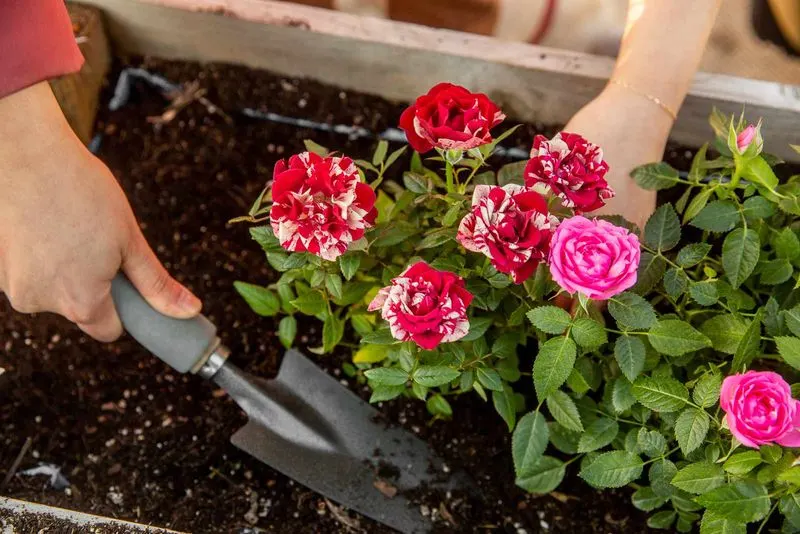
Soil quality directly impacts rose health. Roses thrive in well-drained, loamy soil rich in organic matter. Conduct a soil test to identify deficiencies and amend accordingly.
Incorporate compost or peat moss to enhance texture and fertility. Adjust pH to a slightly acidic range, ideal for roses. By improving soil quality, you lay the foundation for robust root systems and spectacular blooms. Healthy soil is the bedrock of an abundant rose garden.
Proper Spacing
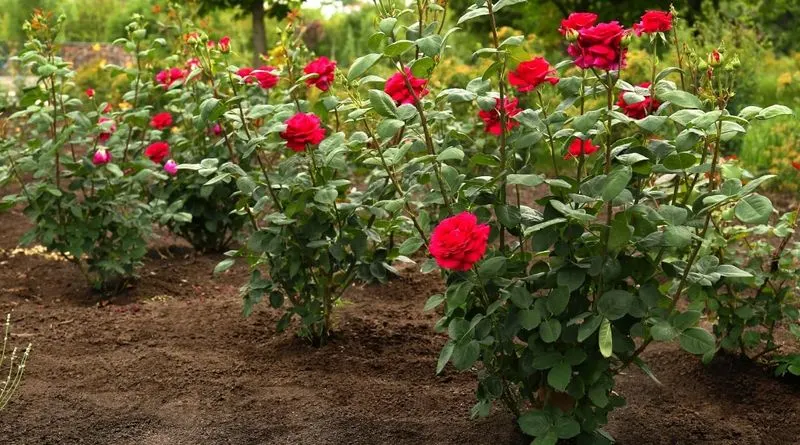
Proper spacing allows roses to grow without competition. Planting too closely leads to poor air circulation and increased disease risk. Follow the recommended spacing for your rose type, typically 2-3 feet apart.
This encourages healthy growth and prevents overcrowding. Adequate spacing maximizes sunlight exposure and nutrient absorption, contributing to a more vibrant and blooming rose garden. Thoughtful planning in spacing can elevate your garden’s beauty.
Seasonal Care Adjustment
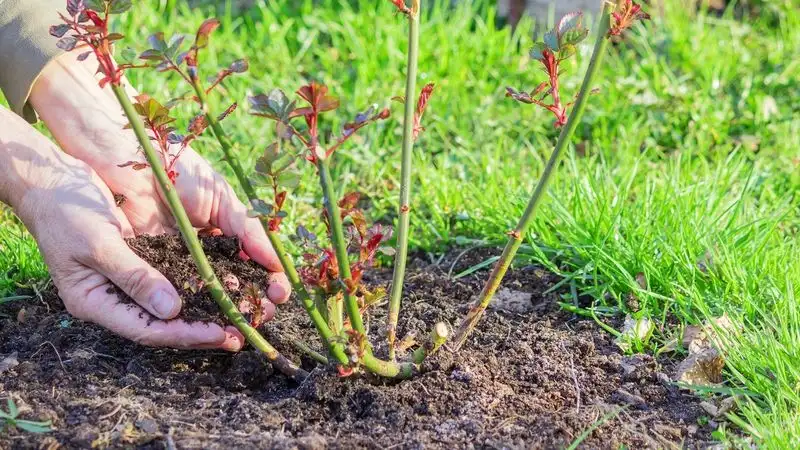
Roses require different care throughout the seasons. In spring, focus on pruning and fertilizing to kickstart growth. Summer demands diligent watering and pest control as blooms emerge.
Autumn is for preparing roses for winter. Reduce watering and stop fertilizing to harden them. Each season brings distinct needs, and adapting care accordingly ensures continuous blooms and thriving roses year-round. Seasonal adjustments keep your roses in peak condition.
Grafting Techniques
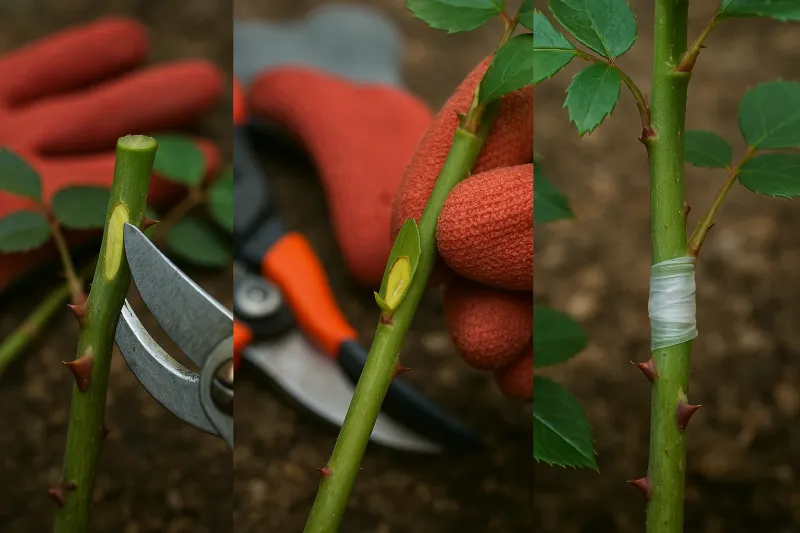
Grafting can enhance your rose garden by introducing new varieties without planting anew. Use grafting to combine desirable traits, such as color and fragrance. This technique involves joining a scion to a rootstock, promoting robust growth.
Ensure proper alignment and secure with grafting tape. With patience and practice, grafting can transform your garden into a tapestry of vibrant roses. It’s a precise art that requires care but offers rewards of unique and beautiful blooms.
Companion Planting
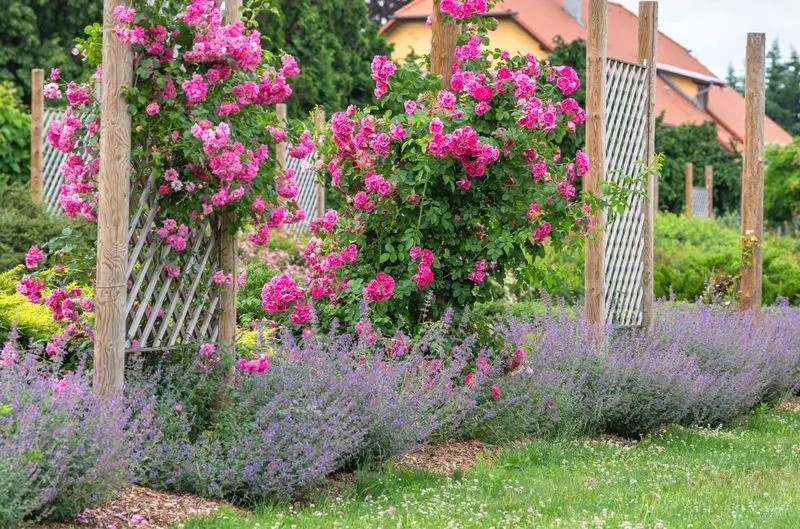
Companion planting enhances rose health and aesthetics. Plants like lavender deter pests, while marigolds add vibrant contrast and natural pest control. Choose companions that support rose growth.
Companions benefit soil health and attract beneficial insects. By integrating a variety of plants, you create a balanced ecosystem. This harmonious approach leads to healthier roses and a garden rich in diversity and color. Companion planting is a natural way to elevate your rose garden.

